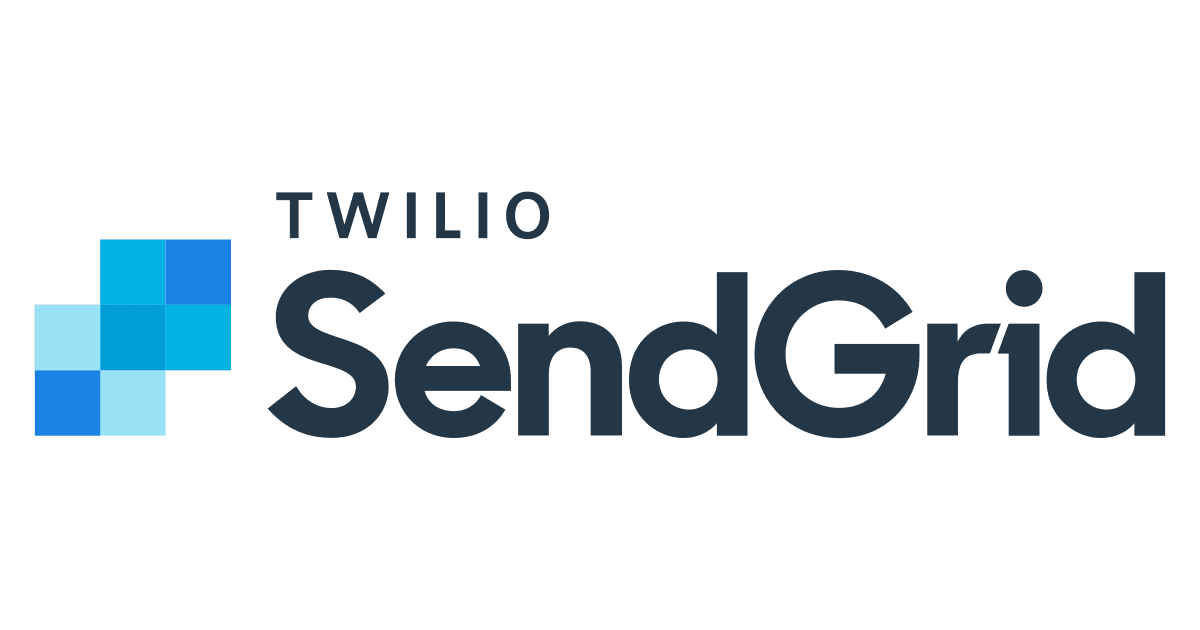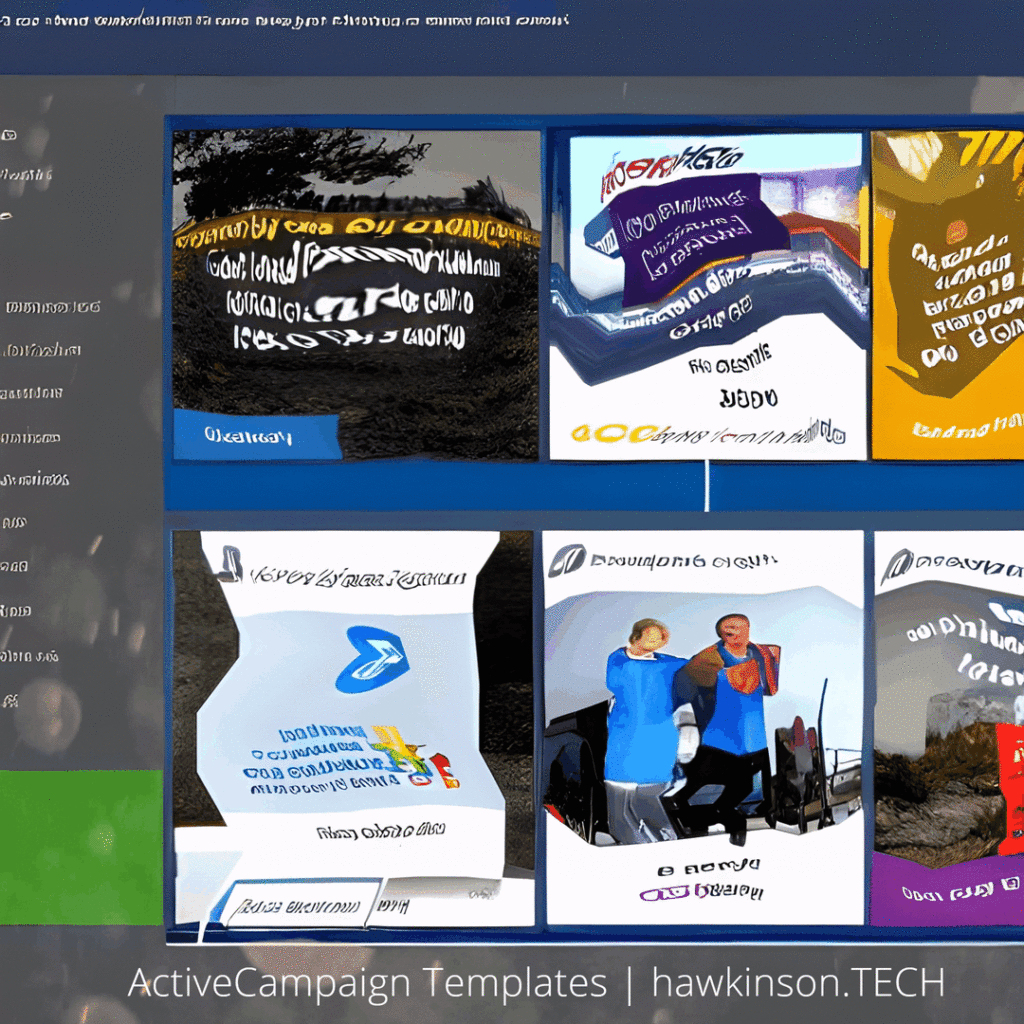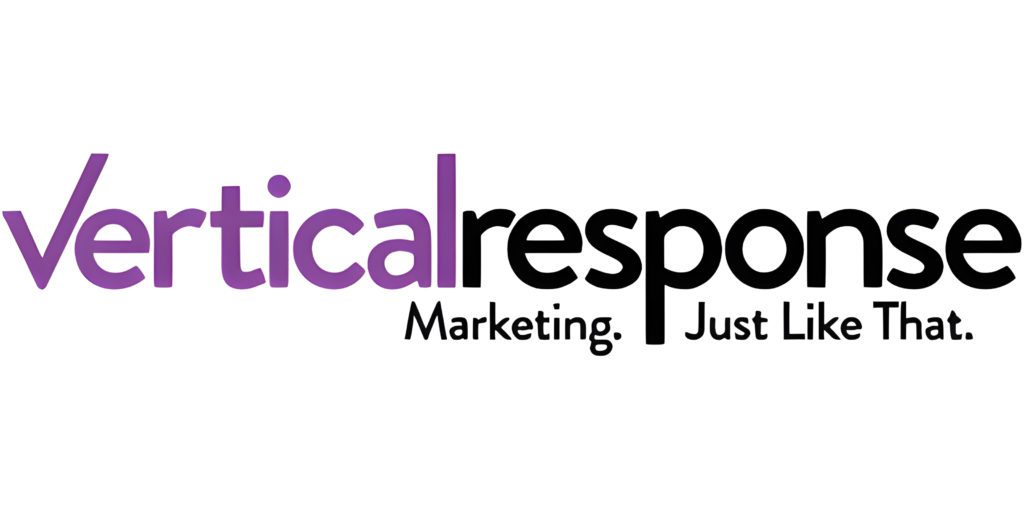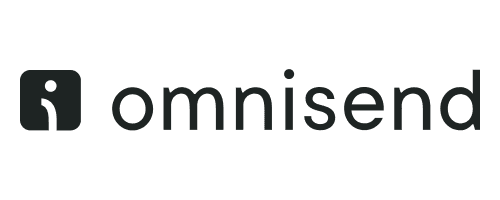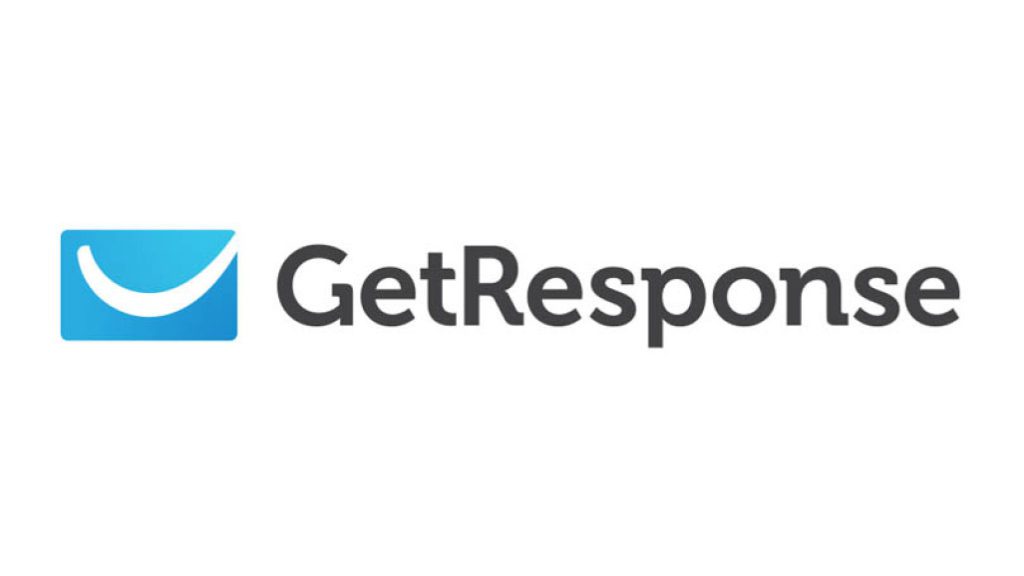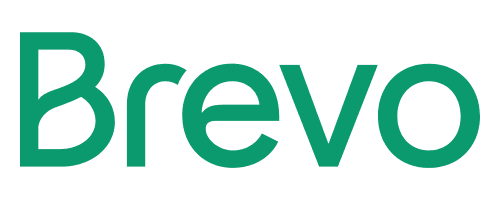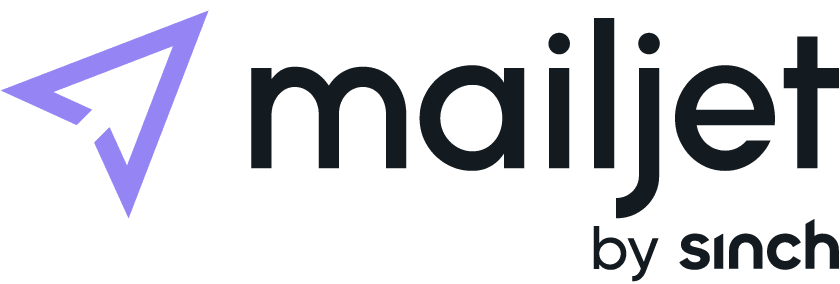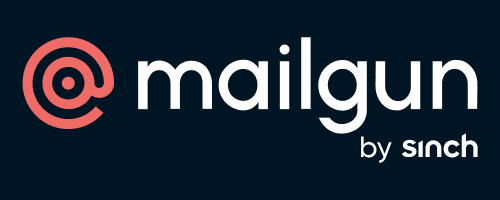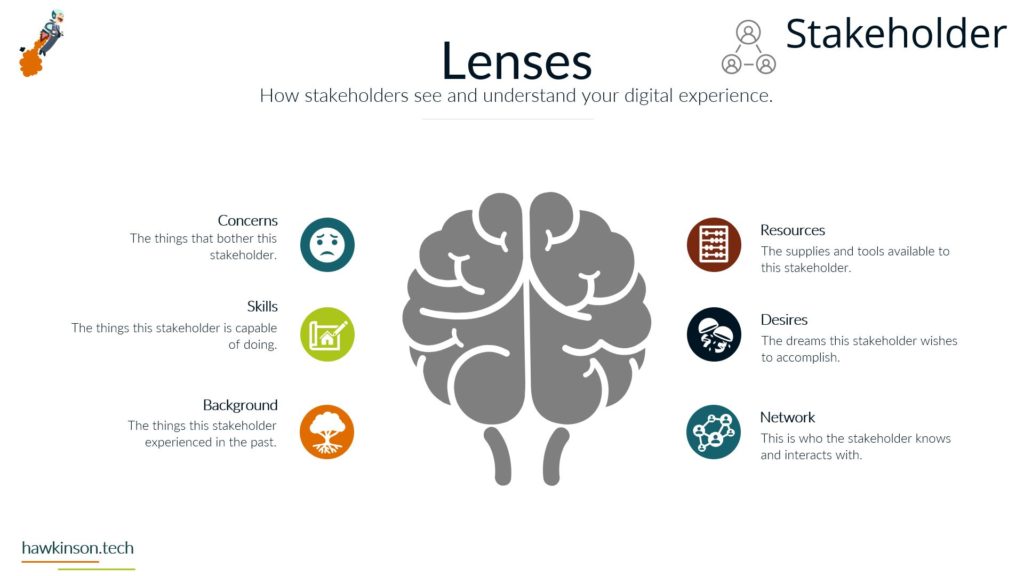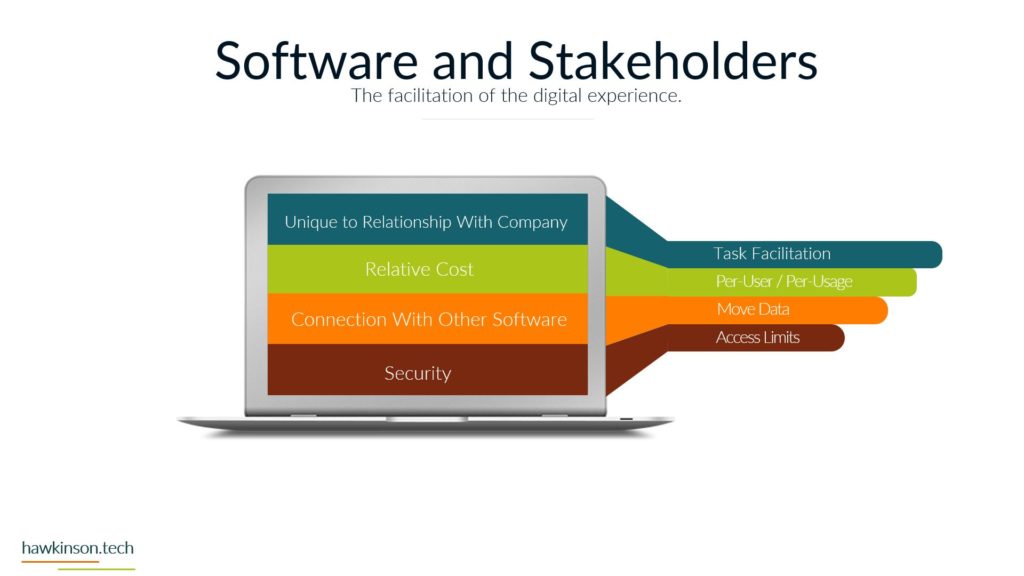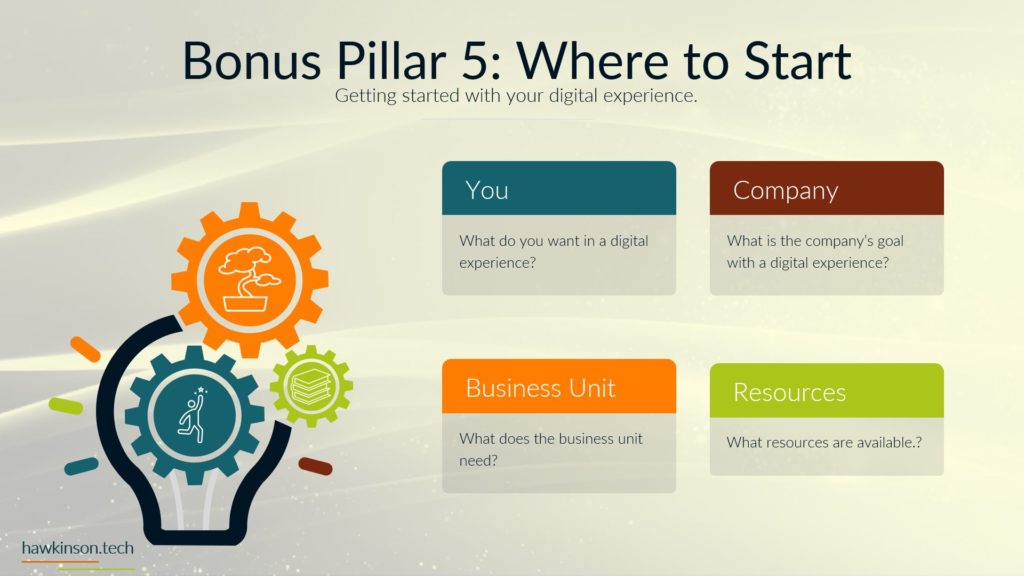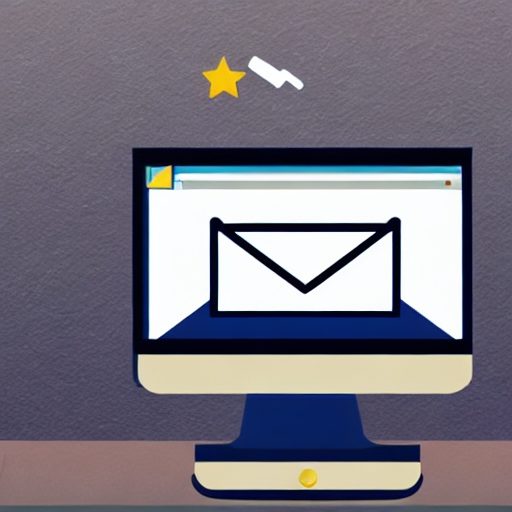Empowering Your Email Marketing Success
Unleash the Power of SendGrid for Seamless Email Delivery
Achieve Email Delivery Excellence with SendGrid’s Robust Infrastructure
Supercharge your email marketing efforts with SendGrid, the leading platform that ensures your emails precisely reach the inbox. SendGrid’s robust infrastructure and advanced delivery capabilities guarantee high deliverability rates and eliminate the risk of your messages getting lost in spam folders.
Reliable Email Delivery: Trust in SendGrid’s proven infrastructure to deliver your emails flawlessly. Benefit from industry-leading deliverability rates and build a solid reputation as a sender with reliable and consistent email delivery.
Advanced Email Authentication: Use SendGrid’s authentication features to authenticate and trust your emails. Implement SPF, DKIM, and DMARC protocols to enhance email security, establish sender legitimacy, and maximize inbox placement.
Engage and Delight Your Audience with SendGrid’s Personalization Tools
Craft Engaging and Personalized Emails that Resonate with Your Subscribers
Stand out from the competition and captivate your audience with SendGrid’s powerful personalization tools. Tailor your messages to each recipient, fostering deeper connections and driving higher engagement rates.
Dynamic Content: Create personalized emails that address your subscribers by name, location, or other relevant data points. SendGrid’s dynamic content capabilities allow you to deliver unique and tailored experiences to every recipient.
Segmentation: Leverage the power of segmentation to divide your audience into targeted groups. SendGrid enables you to target specific demographics, interests, or behaviors, ensuring your messages are highly relevant and impactful.
Optimize Your Email Marketing Strategy with SendGrid’s Actionable Insights
Harness the Power of Data to Drive Continuous Improvement
Uncover valuable insights and make data-driven decisions with SendGrid’s comprehensive analytics and reporting features. Gain a deeper understanding of your email marketing performance and optimize your strategy for maximum results.
Performance Metrics: Track key metrics such as open rates, click-through rates, and conversions to evaluate the success of your campaigns. Identify trends, discover what resonates with your audience, and refine your approach to achieve better engagement and conversion rates.
A/B Testing: Experiment with different subject lines, email designs, and calls to action using SendGrid’s A/B testing capabilities. Optimize your campaigns by analyzing real-time results and identifying the most effective elements to boost your email performance.
